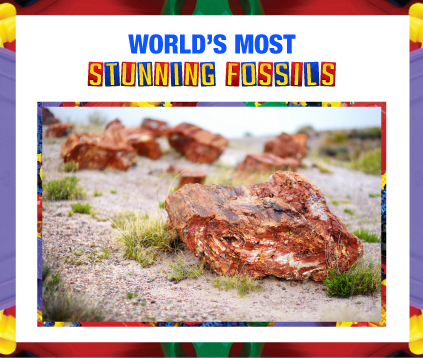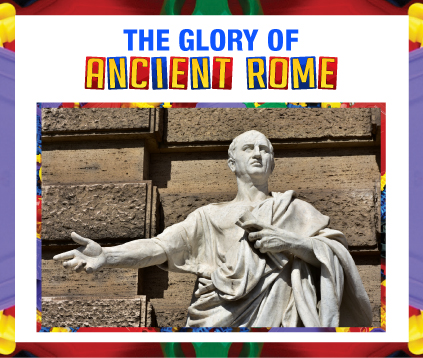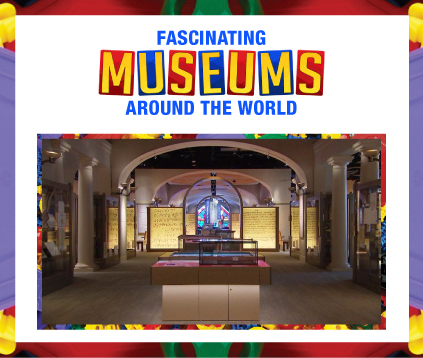
The Most Stunning Fossils In The World

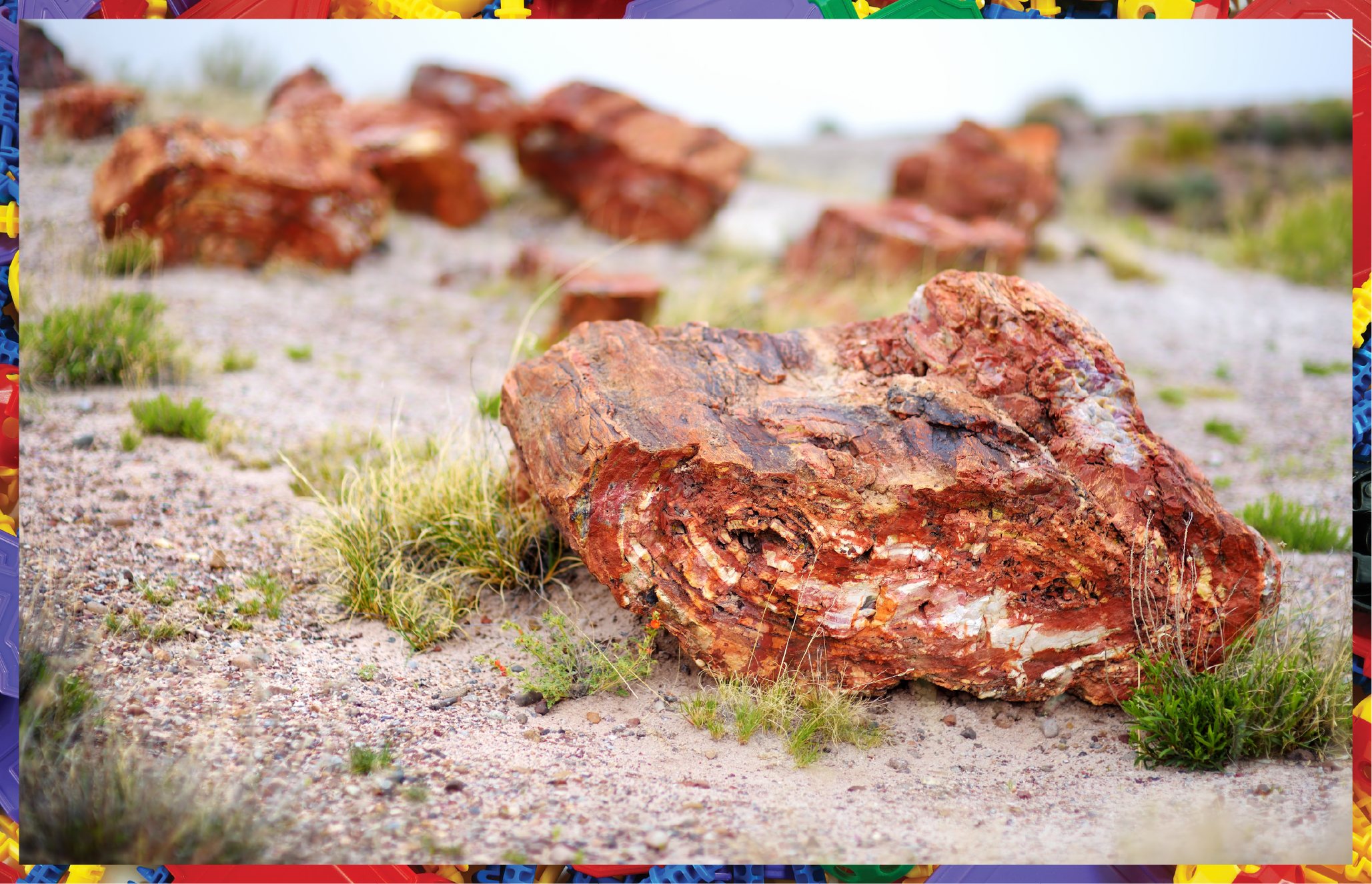
WHAT ARE FOSSILS?
Fossils are the remains of decayed plants or animals that have been preserved for 10,000 years. Body fossils are the distinct remains of plants and animal species like a dinosaur egg or the bones, claws, teeth, skin or embryos of deceased species. Trace fossils are the remains of an animal’s activity like footprints, burrows, borings and preserved tracks. Scientists use tests like radiometric dating to find out the age of fossils and the rocks near these preserved species. It’s fascinating to know about the some of the most amazing fossils ever uncovered by mankind.AMAZING FOSSILS EVER TO BE DISCOVERED
Fish Captured A Large Predator
Researchers discovered the fossils of a pterosaur feasting on small fish that was apparently caught by a larger fish near Solnhofen, Germany. Discovered in 2009, the fossil is part of the Wyoming Dinosaur Center in US. According to explanations, the predator pterosaur caught a tiny fish in the tropical lagoon and as it was about to feast on it, a larger fish known as Aspidorhynchus, almost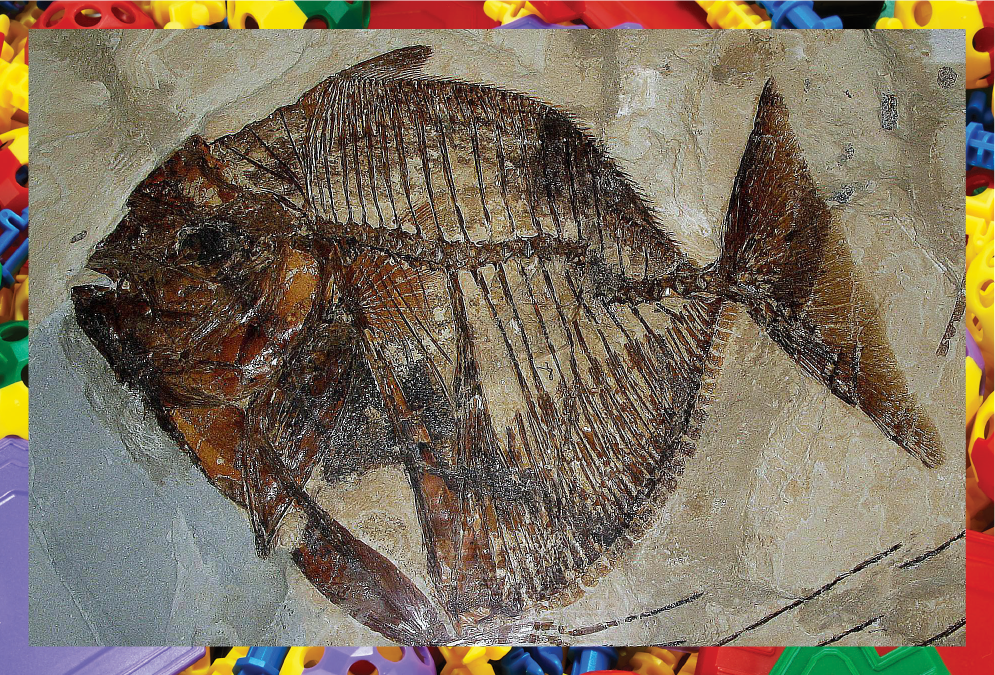
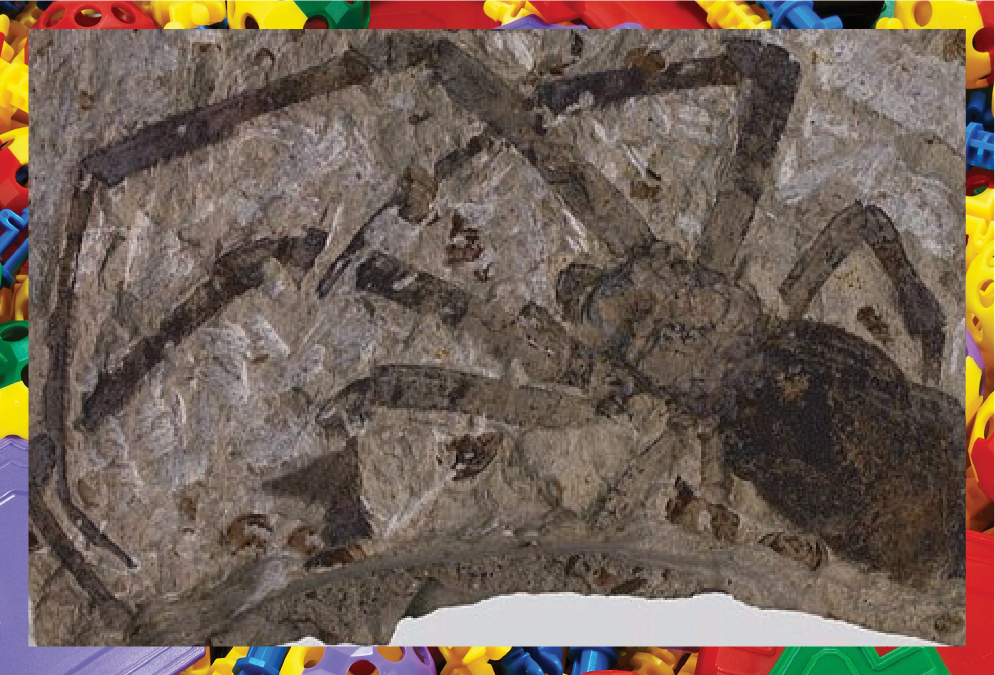
SPIDERS CAUGHT SCARING
Prehistoric animals and their environments are definitely fascinating like this orb-weaver spider web that was created a million years ago. Researchers opine that the web was used by a large spider for terrifying wasps and luring them in. The millions of silky fibers from the spider web still remain as stiff as the time they were built. The fossil shows a wasp trying to take away some spider eggs from the abode when it was caught by the giant spider.A MYSTERIOUS MONSTER
In the 1950’s, Francis Tully discovered the fossils of a mysterious species in the Mazon creek located in Illinois, USA. The animal had a soft-textured body with an opaque appearance and was named Tullimonstrum gregarium. Scientists are trying to find out more about this enigmatic body fossil of the animal only a few inches in length bearing a long snout with sharp teeth and a segmented body. This animal, now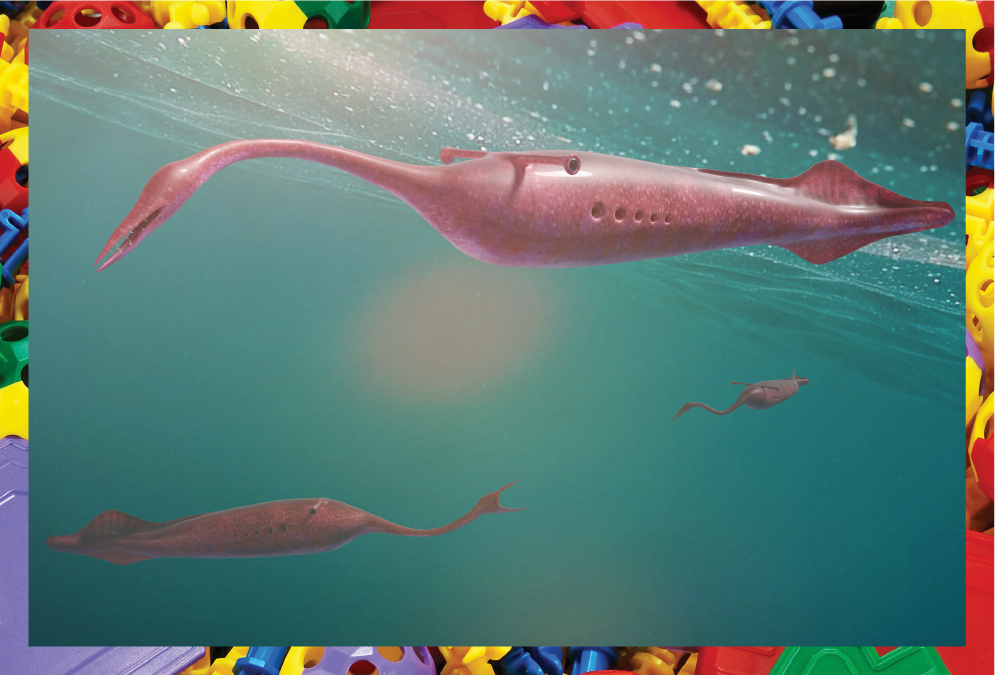
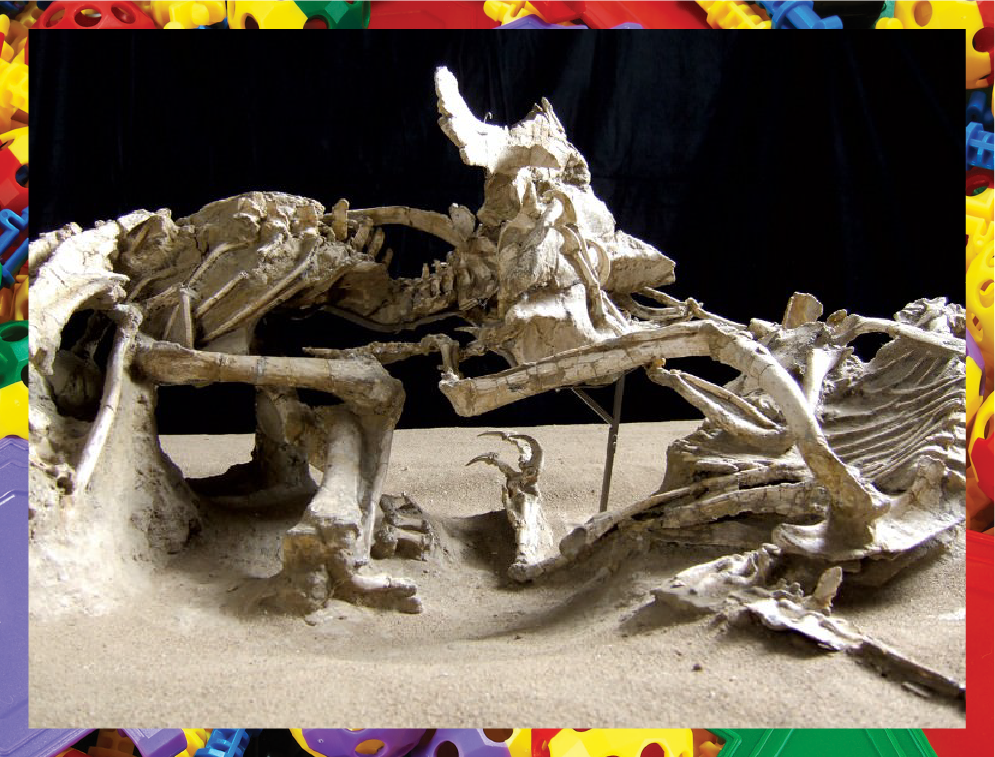
DINOSAUR DEATH MATCH
The Dinosaur Death Match is a trace fossil discovered in 1971 by scientists near Gobi Desert, Magnolia. The striking find depicts a battle between two mighty predators, Velociraptor and Protoceratops that seem to have been embroiled in a fierce face-off 74 million years ago. The fossil has the Velociraptor’s sharp foot claw firmly sunk in the neck of the Protoceratops, a boar-like creature. Scientists believe the former attacked the herbivorous boar-like animalDINOSAUR DEATH MATCH
The Dinosaur Death Match is a trace fossil discovered in 1971 by scientists near Gobi Desert, Magnolia. The striking find depicts a battle between two mighty predators, Velociraptor and Protoceratops that seem to have been embroiled in a fierce face-off 74 million years ago. The fossil has the Velociraptor’s sharp foot claw firmly sunk in the neck of the Protoceratops, a boar-like creature. Scientists believe the former attacked the herbivorous boar-like animal dealing a devastating blow to the carotid artery. The splendid exhibit is part of the Mongolian Dinosaur Museum in Ulan Bator that provides informative knowledge gathered from the study of fighting dinosaurs. According to paleontologists, a sandstorm may have covered the bodies of the two warring beasts or a landslide may have buried them as they were locked in battle.References
https://www.kidsdinos.com/what-are-fossils/
https://www.thoughtco.com/famous-fossil-discoveries-1092049
https://www.newscientist.com/article/dn26984-stunning-fossils-fish-catches-fish-catching-pterosaur/
http://www.cracked.com/article_20528_the-5-most-incredible-scenes-ever-preserved-by-fossils.html
https://www.theguardian.com/science/2017/dec/28/top-fossil-discoveries-of-2017
http://peter-mulroy.squarespace.com/why-are-fossils-important/
http://i.dailymail.co.uk/i/pix/2011/04/20/article-1378781-0BB1DCA500000578-14_306x486.jpg
-state-fossil-of-illinois-d-735934324.jpg
https://d1o50x50snmhul.cloudfront.net/wp-content/uploads/2015/02/mg22530090.800-1_800.jpg
The Glory of Ancient Rome

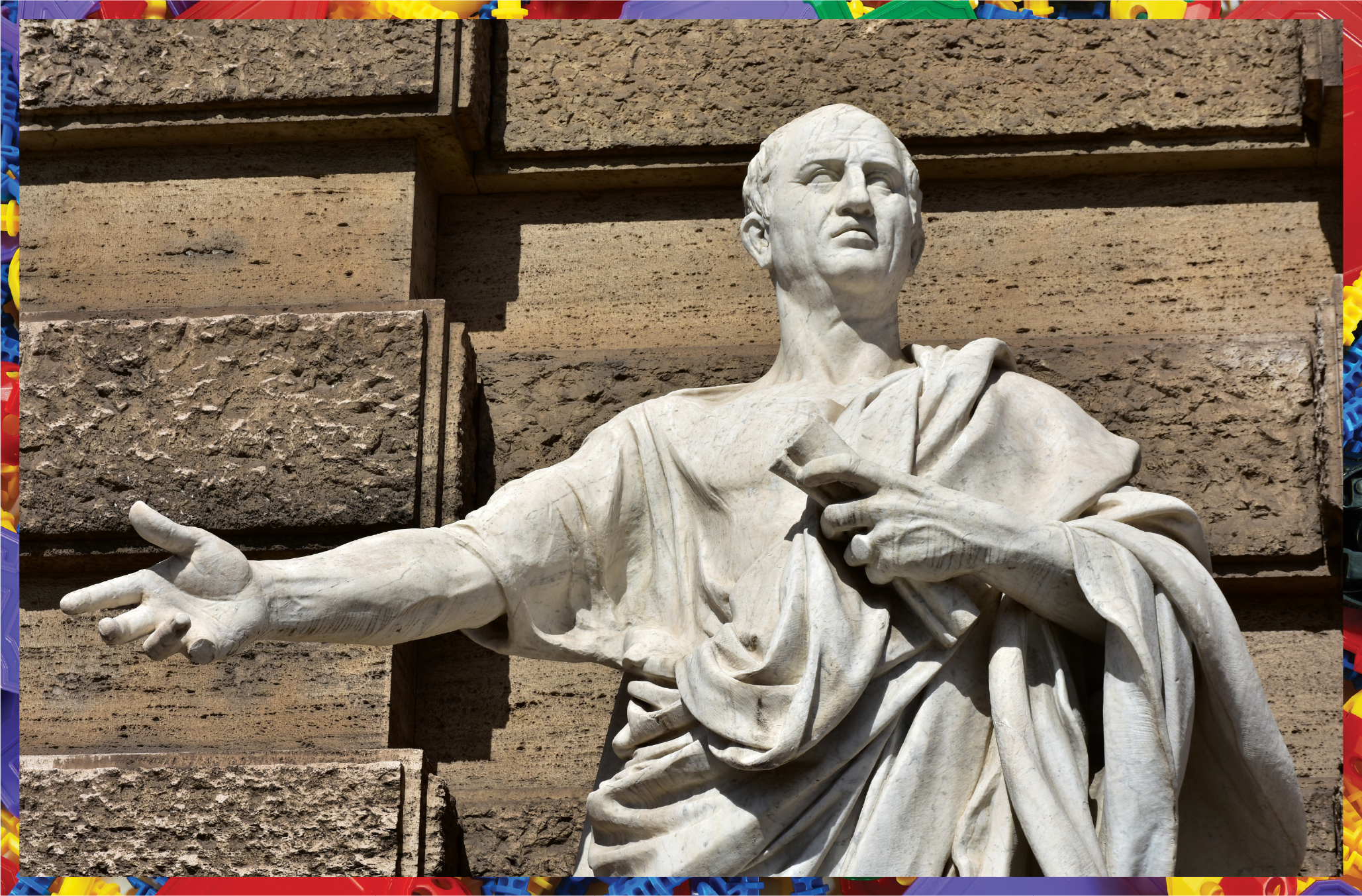
Highways & bridges, newspapers, battlefield surgery and the roman numerals..what do they have in common? All of these are inventions of the ancient Roman civilization, one of the most distinguished and prosperous cultures to have ever flourished. From Julias Ceasar crafting the Gregorian calendar to Agathinus, a popular physician who made astounding discoveries in medicine and Augustus, the astute politician, Rome has been the land of intellectuals.
WHAT DO WE KNOW ABOUT ANCIENT ROME?
The Roman civilization started as a settlement along the Italian peninsula and grew into the city of Rome during the 8th century BC before fraying as part of the Western Roman Empire around the 5th century AD. The civilization consisted of the most creative and inventive scientists, writers, architects and philosophers that paved the way for modern living and technological evolution. Romans are known for their prolific accomplishments in engineering and architecture that paved the way for modern-day inventions. Some of these include technology for running water within towns, roads and highways, aesthetically pleasing monuments and innovative structures that reflect inspirations from Etruscan and Greek architecture.
5 MARVELS ANCIENT ROME BUILT

ROADS AND HIGHWAYS
The most noteworthy invention of Romans that depict remarkable engineering concepts were roads and highways that define the navigational patterns of modern day travel. The designers and builders of those times crafted outstanding local transport systems that were sprawled across a major portion of European and Mediterranean terrain. These were made using five different layers consisting of mortar, masonry, concrete and stones that enabled these highways to entail flood resistant features while facilitating effective connectivity. The Romans also built tunnels made of square hard rock and bridges across the urban settlement to ease trade links with the other countries across the globe.
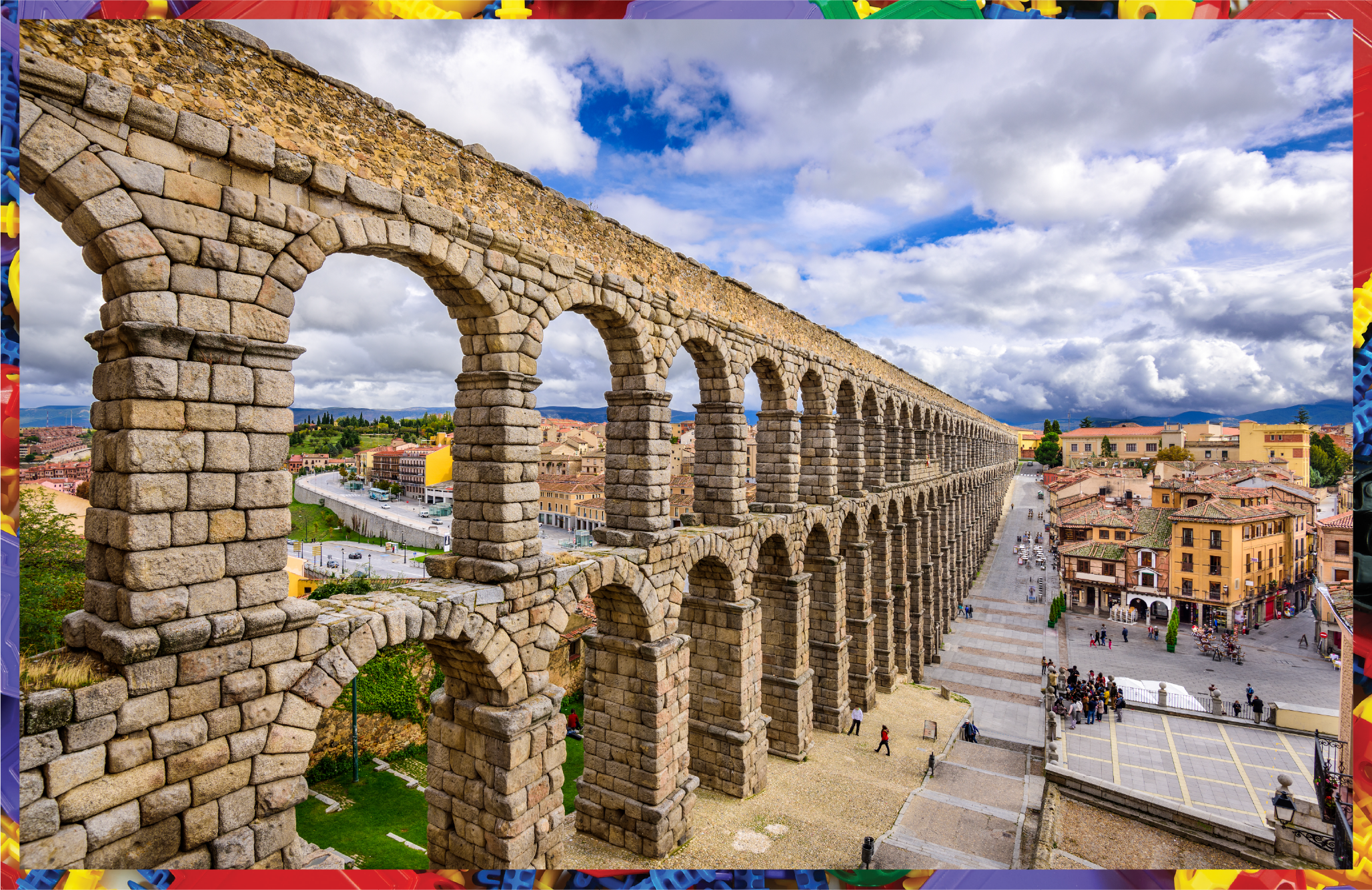
AQUEDUCTS
The aqueducts were first invented by this great civilization that led to the development of better sanitation systems, fountains with solid foundation, ornate public bathrooms and sewage systems with underground links. These aqueducts had the capacity to stretch from 10 to 100 kilometers with most of them descending from heights 300m above sea level. As they had mining prowess, the designers and builders were also able to create reservoirs for storing water and conduits needed for the supply of metal-extraction equipment.
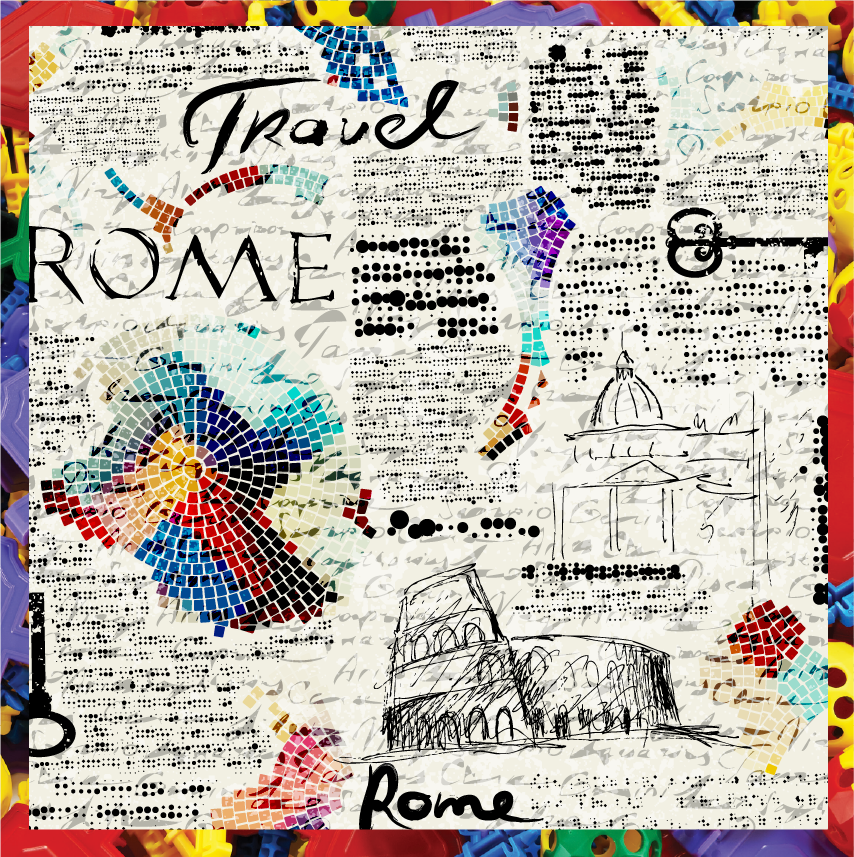
NEWSPAPERS
It might be surprising to know that the newspapers were first created by ancient Romans. These were part of the endeavor of the civilization to make information such as legal, military and civil updates accessible to public. These newspapers were used first around 131 BC and were written on stone or metallic surfaces and put up in populated areas like the Roman Forum. These were also referred to as Acta Diurna containing information like success tales of military service including game listings, stories and important notifications of interest for the masses.
CONCRETE
One of the most fascinating inventions of the Romans is concrete which to this day is a core building block of most skyscrapers, residential estates and urban structures. Without this amazing discovery, man probably would not have been able to evolve at the rate we have today with urban evolution and state-of-the-art urban fabric. By using concrete and turf, the Romans were able to construct forts, bridges,
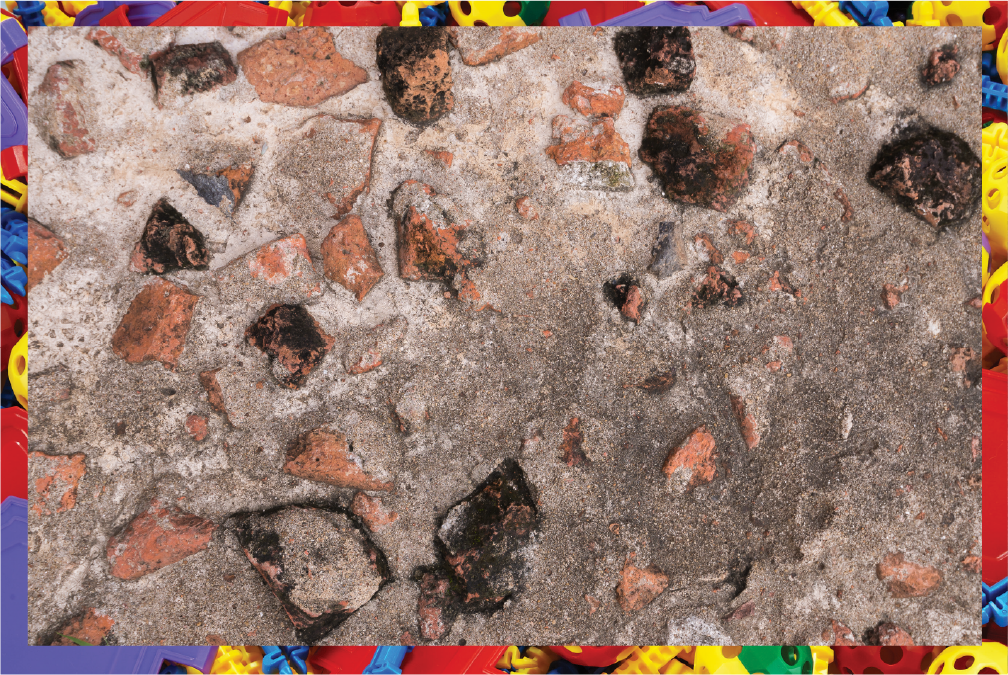
buildings and dams that are part of the striking architecture of modern times.

MEDICAL SURGERY
Another great area where Romans exceled was healthcare and battlefield surgery through the use of innovative surgical tools and methods. Romans invented the cesarean section which is still performed to this day. Surgery on the battlefield was streamlined by deputing trained medical corps to provide medical care to the affected individuals. These experts and field doctors saved many lives by using inventive
techniques for arterial surgical clamps to reduce blood loss and hemostatic tourniquets.
MEDICAL SURGERY
Another great area where Romans exceled was healthcare and battlefield surgery through the use of innovative surgical tools and methods. Romans invented the cesarean section which is still performed to this day. Surgery on the battlefield was streamlined by deputing trained medical corps to provide medical care to the affected individuals. These experts and field doctors saved many lives by using inventive techniques for arterial surgical clamps to reduce blood loss and hemostatic tourniquets.
LESSONS FROM HISTORY
Arthur Erikson once said, “Roman civilization had achieved, within the bounds of its technology, relatively as great a mastery of time and space as we have achieved today”. Ancient Rome teaches us discipline, confidence, focus and aggressive adaptation. From its political administration to the stunning monuments, the glory of the civilization has left great marks and lessons for current generations to learn from.
Fascinating Museums Around the World

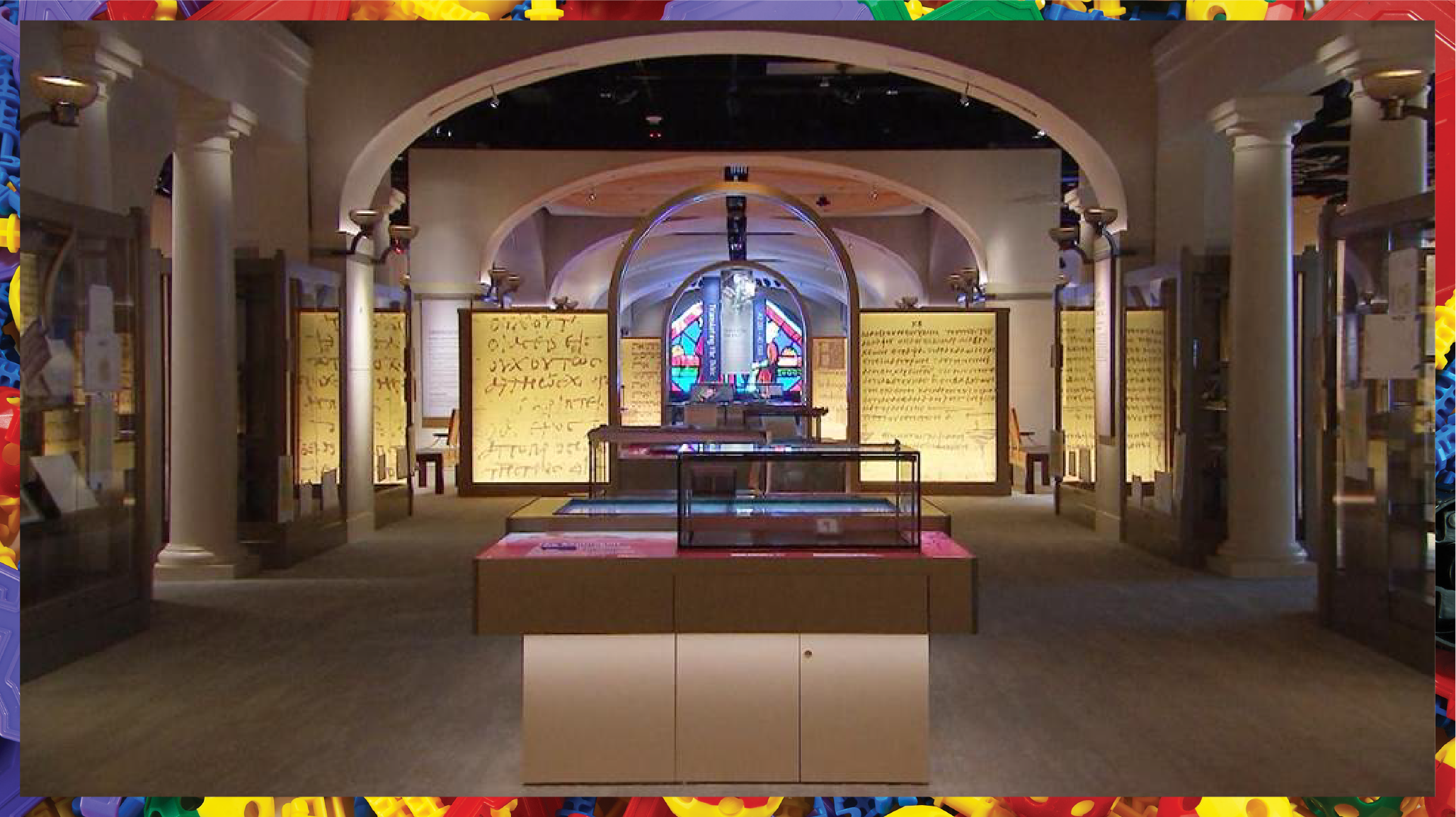
What do spies, coal mines, chocolate fountains and DNA tests have in common? You can find them all in a museum! Museums are places of historical and cultural significance where we can learn about different cultures and explore history. They also serve as educational centers where kids of any age can interact with the various artifacts and exhibits on display. But it’s not always fun to walk miles in an old building looking at glass displays, which is why these museums stand out when it comes to fascinating and engaging exhibitions.
5 OF THE COOLEST MUSEUMS IN THE WORLD
MUSEUM OF MODERN ART NEW YORK CITY
The Museum of Modern Art located in Midtown Manhattan in New York City contains one of the greatest collections of extraordinary artifacts as well as modern and contemporary art. These exhibits fuel creativity and encourage the mind to explore further. Designed by Yoshio Taniguchi, the MOMA contains artwork from renowned personalities such as Pollock, Magritte, Van Gogh, Cézanne, Warhol and Matisse. Its
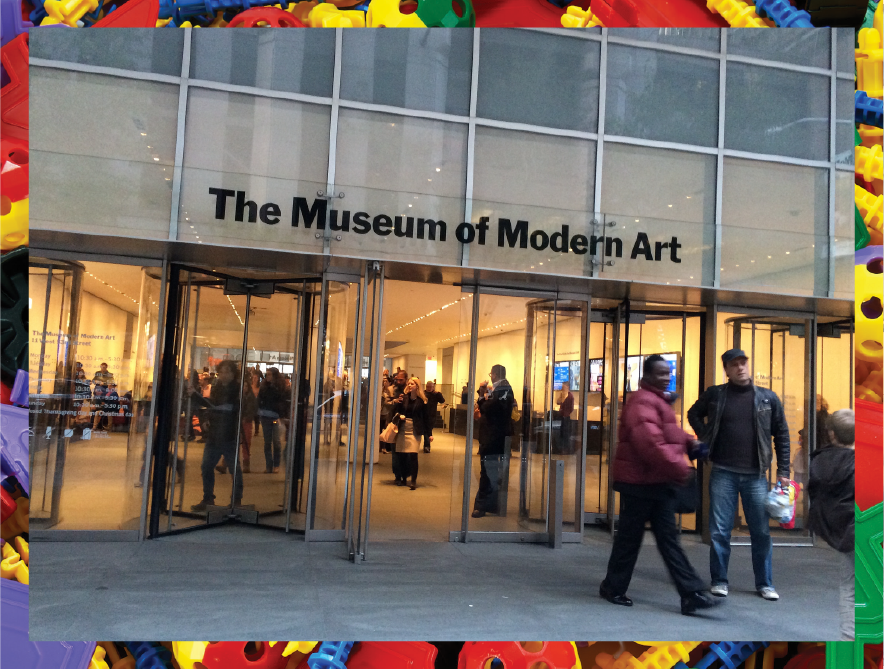
galleries are packed with awe-inspiring collections of western masterpieces and 150,000 exhibits related to performance art, design and architecture including 22,000 films available for screening. For lovers of both classical and contemporary art, the MOMA is a must-visit landmark in NYC.

INTERNATIONAL SPY MUSEUM WASHINGTON D.C
Located in the Penn Quarter neighborhood in Washington D.C, the International Spy Museum includes the largest assortment of international espionage artifacts. The exhibition space consists of more than 750 artifacts including films, videos, informative displays and historic photographs from moments such as World Wars I and II. You can take
part in a live action spy adventure, learn about the events which inspired the creation of James Bond or check out cool spy gear like listening “bugs” and tiny cameras.
INTERNATIONAL SPY MUSEUM WASHINGTON D.C
Located in the Penn Quarter neighborhood in Washington D.C, the International Spy Museum includes the largest assortment of international espionage artifacts. The exhibition space consists of more than 750 artifacts including films, videos, informative displays and historic photographs from moments such as World Wars I and II. You can take part in a live action spy adventure, learn about the events which inspired the creation of James Bond or check out cool spy gear like listening “bugs” and tiny cameras.
THE MUSEUM OF CHOCOLATE, PARIS
The Musée du Chocolat or Museum of Chocolate in France is a unique and tantalizing collection dedicated to chocolate. People learn about the history of chocolate and its transformation from the bean to the bar through interactive self-guiding tours and artifacts. The attractions include an immersive historical tour, a visit with the chocolatiers and stunning chocolate sculptures. Of course, no visit to a chocolate museum would be complete without a tasting of the scrumptious offerings on display.
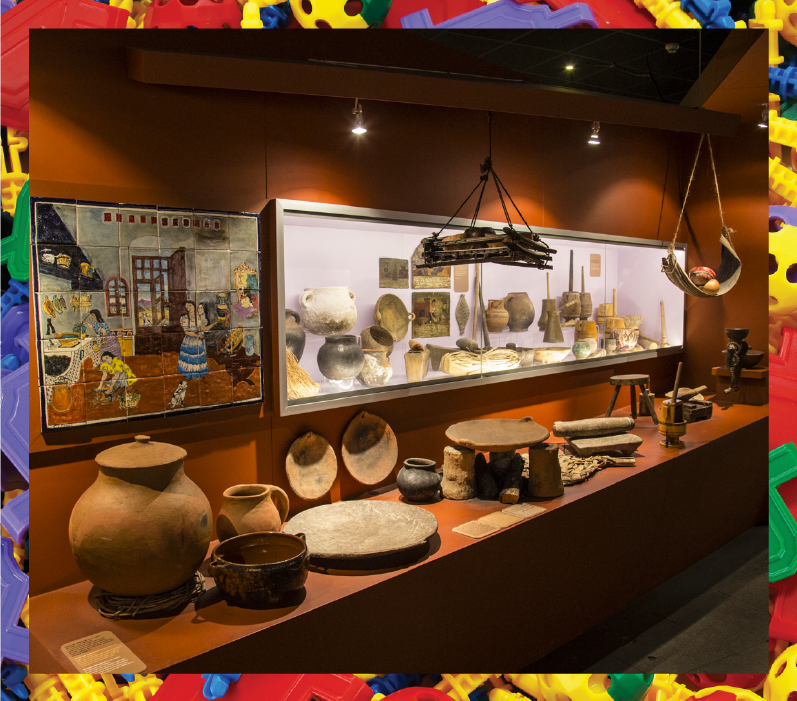
COSMOCAIXA SCIENCE MUSEUM, BARCELONA
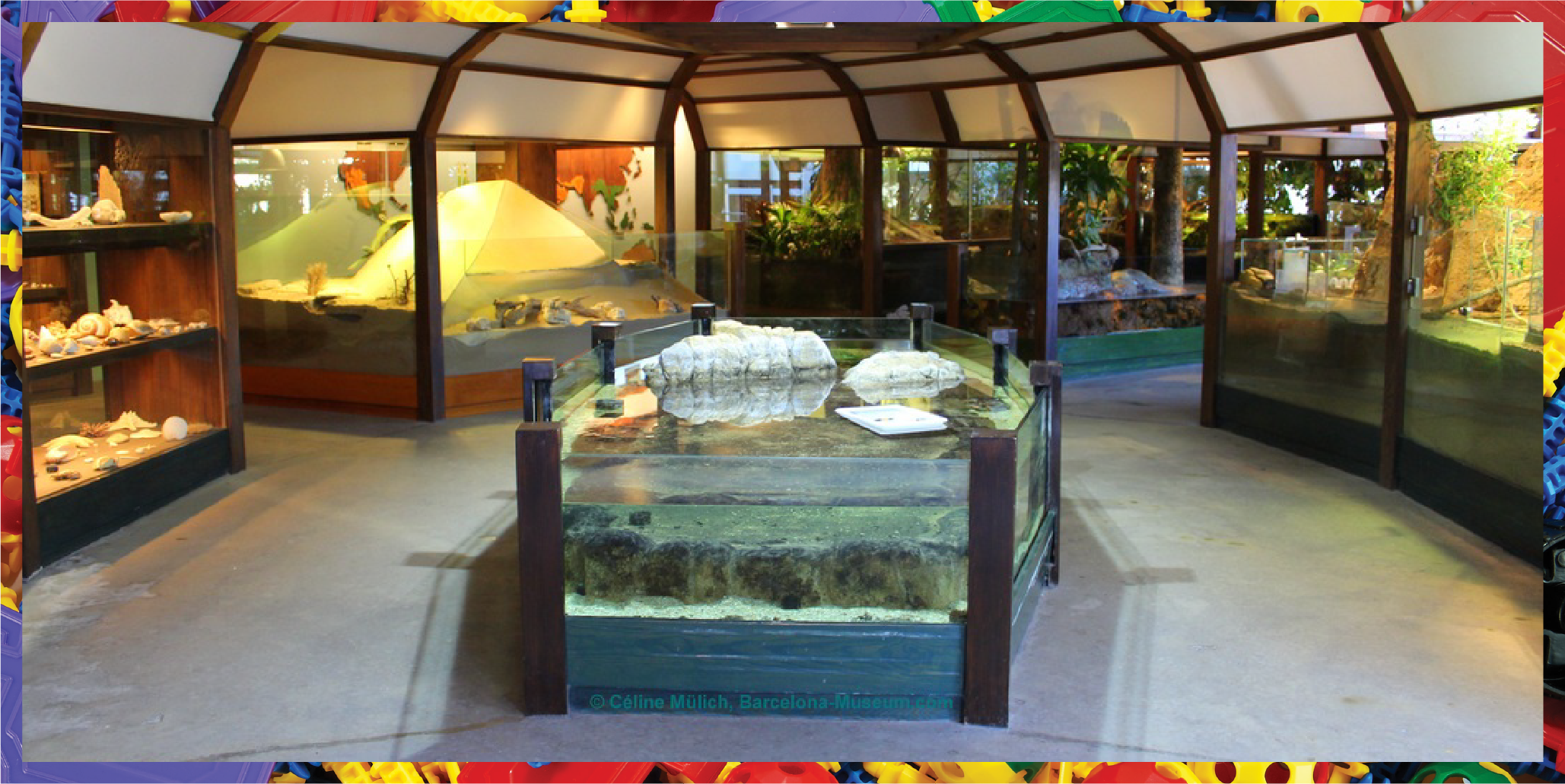
Labeled as one of the best science museums in the world, the CosmoCaixa in Spain is perfect for kids who love exploration and discovery. The highlight of the Spanish structure is the flooded Amazonian forest, home to more than 100 living species, including birds, insects, frogs and even piranhas. Another great feature is the Geological Wall, made of seven layers of sample rocks from the world’s major geological structures. Other sites to check out include the Hall of Matter and the popular planetarium with its interactive screenings on the history of space and time.
MIRAIKAN: THE NATIONAL MUSEUM OF EMERGING SCIENCE AND INNOVATION, TOKYO

Built on the Tokyo Bay shore in Japan, the National Museum of Emerging Science and Innovation is a kid-friendly museum with fun, interactive displays. The artifacts and the futuristic interior provide a glimpse of where we might be heading. Cool hands-on activities like inspecting real DNA using a microscope, chatting with one of the humanoid robots or a virtual shuttle-trip to space make this place a must-visit. Other great features include an animated planetarium, along with other exhibits built on cutting-edge science and technology.
As Thomas Campbell, former director of the Metropolitan Museum of Art, said “Museums provide places of relaxation and inspiration. And most importantly, they are a place of authenticity. We live in a world of reproductions – the objects in museums are real. It’s a way to get away from the overload of digital technology.” Why not make your next family getaway memorable by finding out how James Bond came into existence?
References
https://www.telegraph.co.uk/travel/lists/worlds-best-museums-to-visit-before-you-die-bucket-list/
http://www.cbc.ca/kidscbc2/the-feed/5-of-the-coolest-kid-friendly-museums-from-around-the-world
http://www.museeduchocolat.fr/
https://www.barcelona.de/en/barcelona-museum-cosmocaixa.html
https://www.roselinde.me/cosmocaixa-rainforest-in-barcelona/
http://static.thousandwonders.net/Museum.of.Modern.Art.original.5498.jpg
http://static.thousandwonders.net/International.Spy.Museum.original.9061.jpg
http://joinusinfrance.com/wp-content/uploads/2015/05/chocolate-museum-in-paris-1730.jpg
http://barcelona-home.com/events-and-guide/wp-content/uploads/2017/08/1143825_orig.jpg





